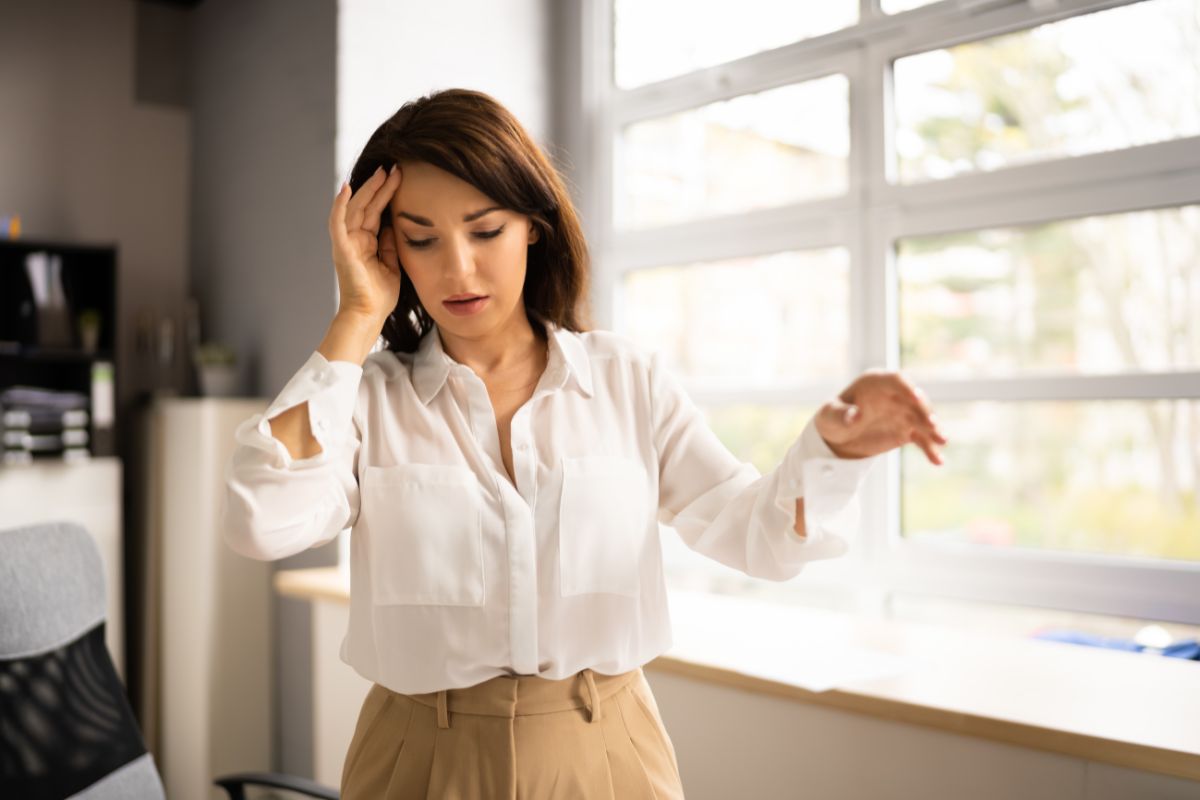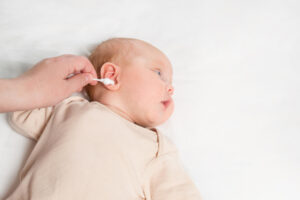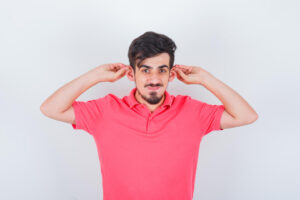Introduction to The Link Between Ear Health and Balance
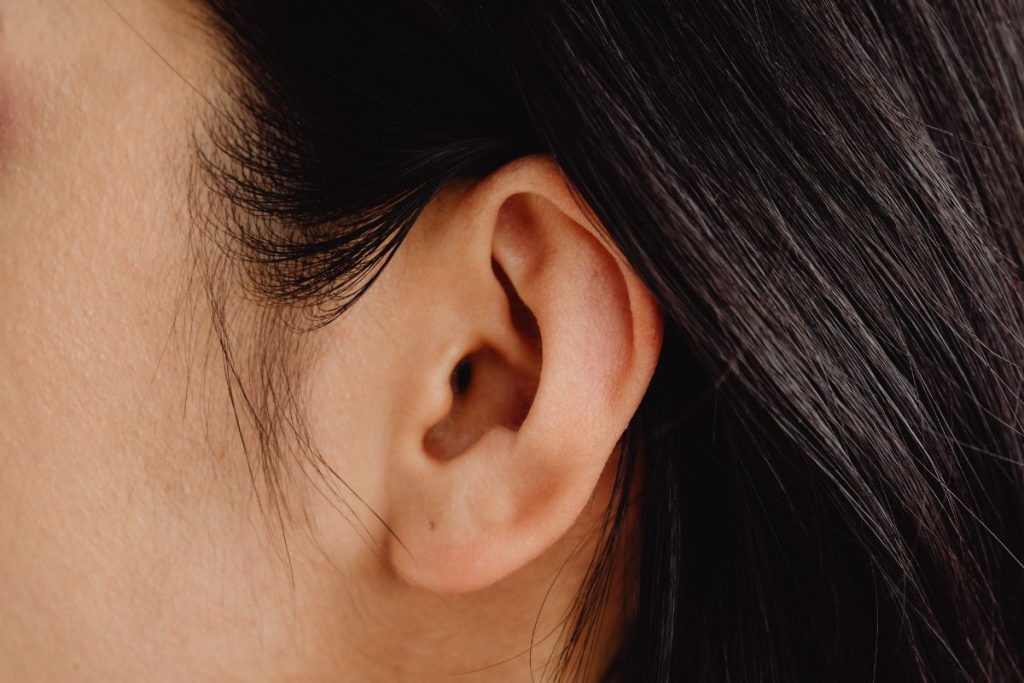
In the discourse presented here, Dr. Shree Rao provides information about The Link Between Ear Health and Balance. She is the Best Doctor for Cochlear Implants.
Led by the expertise of renowned otolaryngologist Dr. Shree Rao, this exploration uncovers the important link between ear health and balance. Inside the ear, intricate mechanisms not only help us hear but also keep us steady on our feet. This investigation reveals how the health of our ears affects our ability to stay balanced and move comfortably. Understanding this connection helps doctors better diagnose, treat, and prevent balance problems, ensuring people can enjoy a healthier, more stable life.
Exploring the Structures Involved in Balance
The ear comprises several specialized structures that work in concert with the nervous system to maintain equilibrium and spatial orientation.
- The outer ear consists of the auricle (pinna) and the external auditory canal (ear canal).
- The auricle serves to collect sound waves and funnel them into the ear canal.
- The ear canal directs sound waves toward the eardrum (tympanic membrane), where they are converted into mechanical vibrations.
- The middle ear is an air-filled space located behind the eardrum.
- It houses three tiny bones known as the ossicles: the malleus (hammer), incus (anvil), and stapes (stirrup).
- The ossicles transmit vibrations from the eardrum to the inner ear, amplifying sound waves along the way.
- The inner ear, also called the labyrinth, is a complex structure housed within the temporal bone of the skull.
- It consists of two main components: the cochlea, responsible for hearing, and the vestibular system, crucial for balance.
- The vestibular system comprises the semicircular canals and the otolith organs (utricle and saccule).
- Semicircular canals detect rotational movements of the head, while otolith organs sense linear accelerations and changes in head position relative to gravity.
- The vestibular nerve carries sensory information from the vestibular organs to the brainstem and cerebellum.
- Vestibular signals play a vital role in maintaining posture, stabilizing gaze, and coordinating balance reflexes.
- The brainstem and cerebellum process vestibular signals and coordinate motor responses to maintain balance.
- Vestibular nuclei in the brainstem regulate reflexive eye movements and postural adjustments, while the cerebellum integrates sensory inputs to modulate motor commands.
Vestibular System
The vestibular system comprises two main components: the semicircular canals and the otolith organs. The semicircular canals, three in number and oriented in different planes, detect rotational movements of the head. Meanwhile, the otolith organs, consisting of the utricle and saccule, sense linear accelerations and changes in head position relative to gravity.
Within the semicircular canals and otolith organs are hair cells that detect mechanical stimuli, such as movement or gravity, through specialized structures called stereocilia. When the head moves or changes position, fluid within the vestibular organs shifts, displacing the stereocilia and generating neural signals. These signals are then transmitted via the vestibular nerve to the brainstem and cerebellum, where they are processed and integrated to produce appropriate motor responses.
The vestibular system provides real-time information about head position and movement to ensure postural stability and spatial orientation. It contributes to reflexive adjustments in muscle tone and joint position, enabling individuals to maintain balance while standing, walking, or engaging in dynamic activities. By coordinating eye movements, head stabilization, and limb adjustments, the vestibular system helps individuals navigate their environment safely and efficiently.
Dysfunction of the vestibular system can result in balance disorders such as vertigo, dizziness, and unsteadiness. Common vestibular disorders include benign paroxysmal positional vertigo (BPPV), vestibular neuritis, and Meniere’s disease, each characterized by specific patterns of vestibular dysfunction. Diagnosis and management of vestibular disorders often involve a combination of clinical assessment, vestibular testing, and targeted interventions such as vestibular rehabilitation therapy or surgical procedures. Understanding the vestibular system’s role in balance maintenance is crucial for healthcare professionals in evaluating and managing patients with balance disorders, ultimately improving their quality of life and functional outcomes.
Inner Ear Disorders and Balance Problems
- Description: In BPPV, tiny calcium particles called canaliths become dislodged from their usual position within the semicircular canals and migrate into the fluid-filled spaces, triggering abnormal sensations of spinning or dizziness, especially with head movements.
- Symptoms: Brief episodes of vertigo triggered by changes in head position, such as rolling over in bed or tilting the head back.
- Description: These conditions involve inflammation or infection of the vestibular nerve or labyrinth, leading to vertigo, dizziness, and impaired balance.
- Vestibular Neuritis Symptoms: Sudden-onset vertigo lasting days to weeks, often accompanied by nausea, vomiting, and difficulty with balance and coordination.
- Labyrinthitis Symptoms: May include hearing loss or tinnitus (ringing in the ears), indicating involvement of the cochlear structures.
- Description: Meniere’s disease is characterized by episodes of vertigo, fluctuating hearing loss, tinnitus, and a sensation of fullness or pressure in the affected ear, believed to involve fluid buildup in the inner ear.
- Symptoms: Episodes of vertigo, fluctuating hearing loss, tinnitus, and feelings of fullness or pressure in the ear.
- Description: Conditions such as vestibular migraine, acoustic neuroma, and autoimmune inner ear disease can also cause balance problems and related symptoms.
- Symptoms: Vertigo, dizziness, and instability may result from disturbances in vestibular function, sensory processing, or neural pathways.
Impact of Hearing Loss on Balance Function
Hearing loss profoundly affects balance function due to the close interconnection between the auditory and vestibular systems in the inner ear. Proper functioning of both systems is crucial for maintaining stability and equilibrium across diverse environments. When hearing loss occurs, it disrupts this delicate balance, leading to significant consequences for overall balance function.
Primarily, hearing loss impacts balance through its effects on the vestibular system, responsible for detecting motion and orientation. The vestibular organs, such as the semicircular canals and otolithic organs, collaborate with the auditory system to relay feedback to the brain about body position and movement. Consequently, hearing loss can compromise vestibular function, resulting in challenges with spatial orientation, postural control, and overall stability.
Furthermore, hearing loss indirectly affects balance by influencing sensory integration and cognitive processing. Individuals with hearing impairment may rely more on visual and proprioceptive cues to compensate for auditory deficits, altering sensory integration and balance control. Moreover, hearing loss is associated with cognitive decline and changes in brain structure, further impairing balance function and elevating the risk of falls.
The impact of hearing loss on balance function varies based on factors such as the severity and type of hearing loss, as well as individual characteristics like age and health status. Older adults with untreated hearing loss, for instance, may encounter heightened challenges with balance and mobility, increasing their susceptibility to falls and related injuries. Similarly, individuals with bilateral or sensorineural hearing loss may experience more pronounced balance disturbances compared to those with unilateral or conductive hearing loss.
Age-Related Changes in Ear Health and Balance
Age-related changes in ear health and balance are common occurrences as individuals progress through the aging process. The intricate structures of the inner ear, responsible for both hearing and balance, undergo natural changes over time, impacting sensory function and equilibrium. These changes can lead to various age-related conditions and challenges that affect overall ear health and balance.
As individuals age, the sensory hair cells within the inner ear may gradually deteriorate, resulting in age-related hearing loss, known as presbycusis. This decline in hearing sensitivity can affect the ability to perceive sounds clearly and accurately, potentially impacting communication and spatial awareness. Additionally, age-related changes in the vestibular system, including reduced responsiveness of the vestibular organs and alterations in vestibular reflexes, can contribute to balance disturbances and an increased risk of falls.
Furthermore, age-related conditions such as vestibular migraines, Meniere’s disease, and benign paroxysmal positional vertigo (BPPV) become more prevalent with advancing age, further complicating ear health and balance. These conditions may involve disturbances in vestibular function, sensory processing, or neural pathways, leading to vertigo, dizziness, and instability. Managing age-related changes in ear health and balance requires a multifaceted approach, including regular monitoring, preventive measures, and targeted interventions to address specific issues and enhance overall well-being.
Preventive Measures for Preserving Ear Health and Balance
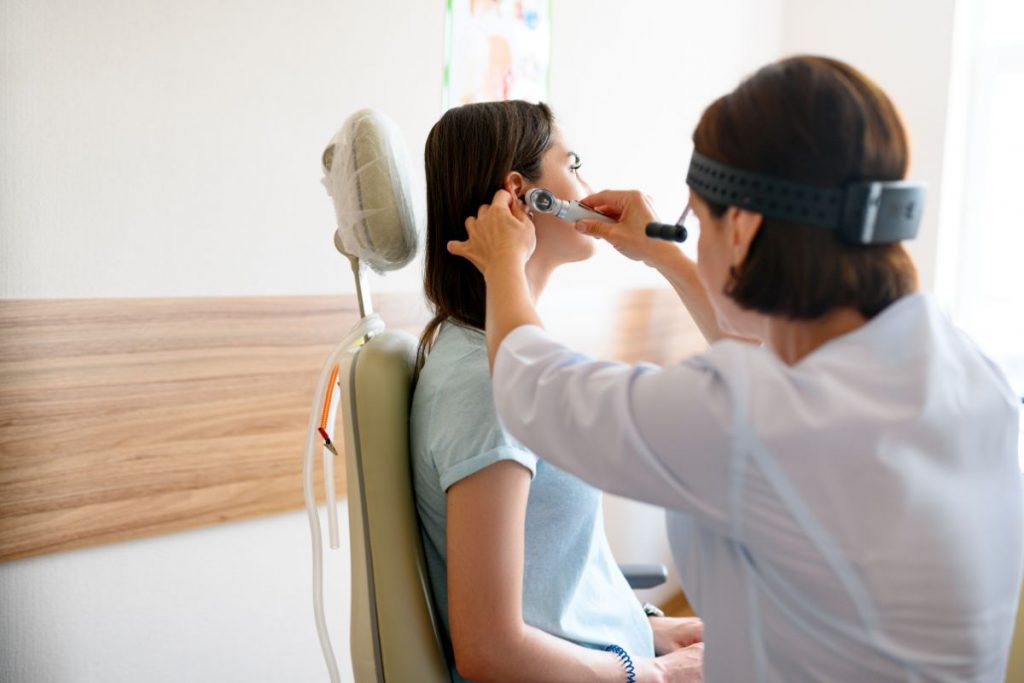
Regular Hearing Screenings: Undergoing periodic hearing screenings with a qualified healthcare provider is crucial for early detection of hearing loss and other ear-related issues. These screenings can help identify potential problems and facilitate timely intervention to prevent further deterioration of ear health.
Protective Measures: Limiting exposure to loud noises and wearing ear protection in noisy environments can help prevent noise-induced hearing loss and protect the delicate structures of the inner ear. Using earplugs or earmuffs during concerts, sporting events, or other loud activities can significantly reduce the risk of hearing damage.
Ear Hygiene: Practicing good ear hygiene involves keeping the ears clean and dry to prevent infections and earwax buildup. Avoid inserting cotton swabs or other objects into the ear canal, as this can push wax deeper and increase the risk of injury or infection. Instead, gently clean the outer ear with a washcloth and avoid excessive moisture exposure.
Healthy Lifestyle Choices: Maintaining a healthy lifestyle by eating a balanced diet, staying hydrated, exercising regularly, and avoiding smoking can support overall well-being and contribute to ear health. Certain nutrients, such as omega-3 fatty acids and antioxidants, may benefit ear health and reduce the risk of age-related hearing loss.
Balance Exercises: Engaging in regular physical activity and balance exercises can help improve balance and coordination, reducing the risk of falls and related injuries. Simple activities like yoga, tai chi, and walking can promote strength, flexibility, and proprioception, enhancing overall balance function.
Regular Medical Check-ups: Scheduling routine medical check-ups with a healthcare provider can help monitor ear health and detect any changes or abnormalities early on. Individuals with underlying health conditions or a history of ear problems should prioritize regular check-ups to ensure optimal ear health and balance function.
Avoidance of Ototoxic Substances: Ototoxic substances, such as certain medications, chemicals, and recreational drugs, can damage the inner ear and impair balance function. Individuals should consult healthcare professionals about the potential side effects of medications and take precautions to minimize exposure to ototoxic substances.
Conclusion
In conclusion, under the guidance of experts like Dr. Shree Rao, the exploration of the link between ear health and balance highlights the crucial role of the ear in maintaining equilibrium and stability. Through this understanding, healthcare professionals, led by Dr. Shree Rao’s expertise in otolaryngology, can diagnose, treat, and prevent balance disorders more effectively, thereby improving the overall well-being of individuals. As research and clinical practices continue to evolve, Dr. Shree Rao’s contributions pave the way for advancements in healthcare, leading to enhanced quality of life for patients worldwide.

Why consult EarSurgeon, Dr. Shree Rao?
Dr. Shree Cuddapah Rao is acclaimed as one of the best pediatric ENT specialists in Hyderabad. With 10+ years of deep domain experience in the field of ENT, she is the director at Dr. Rao’s ENT Super Specialty Hospital. She underwent specialized training in Rhinoplasty / Facial Plastic surgery at Singapore General Hospital, Singapore. She also underwent advanced training in cochlear implant surgery under Padmashri Dr. Milind V Kirtane and had a Fellowship in a cochlear implant. Having performed over 200 successful cochlear implants for patients worldwide, Dr. Shree Cuddapah Rao is also the recipient of several prestigious accolades in the domain of ENT. Dr. Shree Rao is one of the best ent doctor in hyderabad, to book an appointment click here.
Are you looking for
then you have landed at right place!

